Scannell Properties’ Jay Tanjuan on Southern California’s Red-Hot Industrial Market
The region is in tremendous need of new space. Can developers keep up with demand?

Jay Tanjuan, Director of Development & Head of Southern California Office, Scannell Properties. Image courtesy of Scannell Properties
Since the onset of the health crisis, the industrial sector has experienced overwhelming demand, driven by e-commerce and supply chain challenges. Southern California has become the epicenter for industrial growth, pushing vacancy rates to historical lows and rent rates to new highs. The need for new space continues to rise, but high barriers to new development make it increasingly harder to meet demand.
To find out more about how industrial developers are navigating Southern California markets, Commercial Property Executive reached out to Jay Tanjuan, who was recently appointed as director of development and head of Scannell Properties’ new Southern California office.
With a portfolio of 2.5 million square feet of industrial projects completed in the region, Scannell Properties plans to pursue ground-up and redevelopment opportunities across Southern California. In the interview below, Tanjuan discusses his new role at Scannell Properties and sheds light on the challenges and possibilities the market poses for industrial developers.
READ ALSO: What’s Driving the Industrial Bull Run in Greater Los Angeles
What are your priorities in your new role?
Tanjuan: My main priority will be identifying, closing, and executing on ground development and redevelopment opportunities for industrial properties throughout Southern California. Over time, I expect to grow this Southern California office to eight to twelve people and really help establish Scannell Properties as a force in this market. I want to build a great team culture that attracts talented individuals who want to grow and learn and be part of a successful team.
Can you outline the key points of Scannell Properties’ industrial development strategies for 2022?
Tanjuan: We will focus on speculative development in the infill markets of Southern California. With developable land for industrial as scarce as it is these days, it will take creativity to uncover opportunities like land assemblages, covered land plays, and/or tearing down existing office buildings to build industrial.
What can you tell us about Southern California’s industrial market in terms of supply and demand?
Tanjuan: We have never seen vacancy as low as it is in our market. For example, the Inland Empire is a 592 million-square-foot industrial market and there is only 0.5 percent vacancy as of the fourth quarter of 2021. This is the lowest recorded vacancy ever in any market across the country since these numbers have been tracked, according to CBRE Research.
Demand has never been greater, which has really been fueled by e-commerce. JLL Research projects that with continued e-commerce growth through 2025, an additional 1 billion square feet of industrial real estate would be needed by 2025.
Since the Southern California industrial market is often seen as the top industrial market in the country with a population of more than 20 million and direct access to the two largest ports by volume in the United States, it is safe to assume that a sizable portion of the 1 billion square feet of industrial real estate needed by 2025 would be needed in Southern California.
Southern California is known as a land-constrained market. How much space there is left for industrial developments, especially large-scale projects?
Tanjuan: If you look at an aerial of Southern California, there are buildings everywhere and it’s hard to see any plots of vacant land. It appears that there are no opportunities for new ground-up development. However, even in this ultra-low vacancy environment where land is at a premium there is always a way.
What other challenges are there when it comes to developing industrial facilities in Southern California?
Tanjuan: I think a big challenge today is the increasing opposition to warehouses and trucking in some areas. Everyone wants their packages to be delivered faster to their doorsteps, but maybe not a lot of people would want to live near a warehouse. With the available supply of warehouses already at extremely low historic levels, opposition to warehouse development only further constrains the supply problem.
Additionally, the entitlement process has been increasingly more difficult and is taking longer than expected in some cases. Streamlining this entitlement process along with the permitting process will go a long way in helping to increase the supply of warehouses to meet the ever-growing demand for warehouses in Southern California.
READ ALSO: Top 5 Industrial Markets for Construction Activity
How do you expect supply chain bottlenecks to affect the market in the long term?
Tanjuan: Over the years, companies have been able to cut excess fat and operate leaner by employing just-in-time inventory supply chain strategies. This has kept prices lower on goods. However, when the world shut down due to the pandemic, this accelerated the implementation of e-commerce in households that might not have considered this before.
According to CBRE Research, e-commerce will account for 26 percent of all U.S. retail sales by 2025, up from an estimated 20 percent in 2020. The overall economy is doing well, and people are spending money buying goods and services. Until consumer demand for goods slows down, more labor is available, and more warehouses are available to store these goods, I expect that we will continue to see supply shortages.
What trends will impact the industrial sector the most in the year ahead and beyond?
Tanjuan: The rental growth momentum for industrial real estate is expected to continue, due to the following factors:
- the vacancy for industrial across the Southern California region hovering around 1 percent
- limited development opportunities
- ever increasing tenant/user demand fueled by e-commerce
- challenges with obtaining entitlements
- the 70-plus and increasing container ships anchored off the Ports of Los Angeles and Long Beach whose goods will need to be stored in warehouses once unloaded.
In addition to rent growth, construction prices are increasing but rent growth thus far has outpaced construction pricing increases. This will be a trend to watch in the near term.
The construction industry is not immune to the supply chain shortages either. For example, roof structure materials need to be ordered at least one year in advance in some cases, to ensure that these materials will be available at the job site on time when needed. Being able stay ahead of materials shortages and pricing increases for construction materials will be a challenge for all developers in this supply constrained environment.


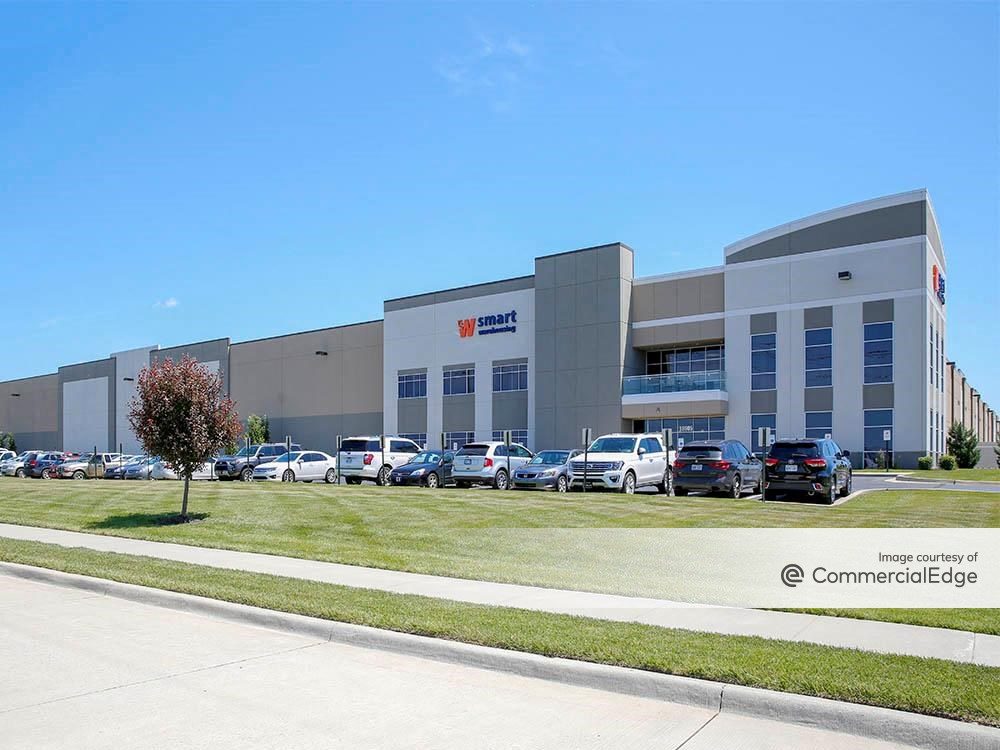
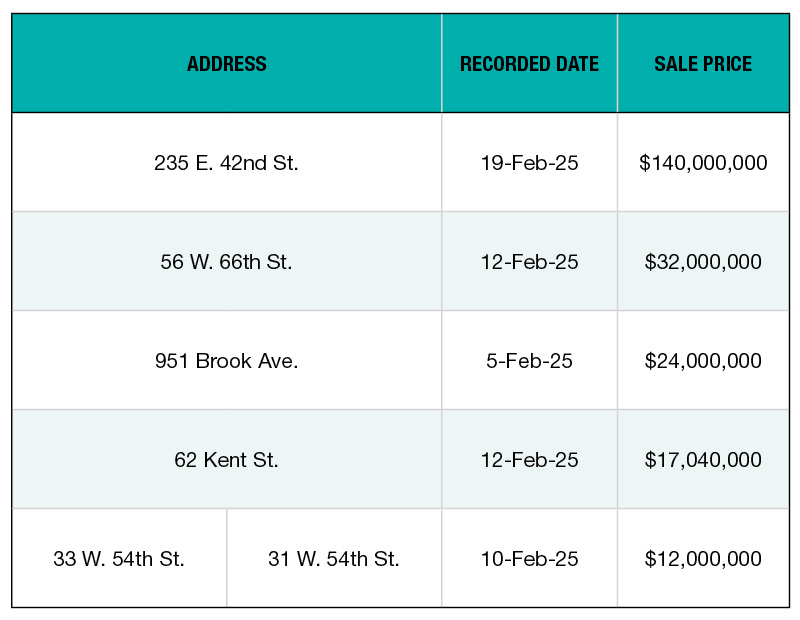
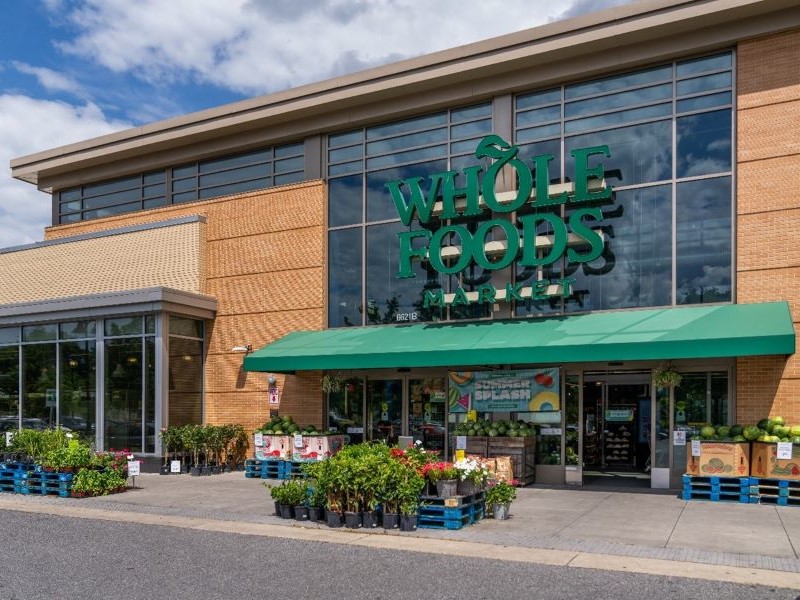
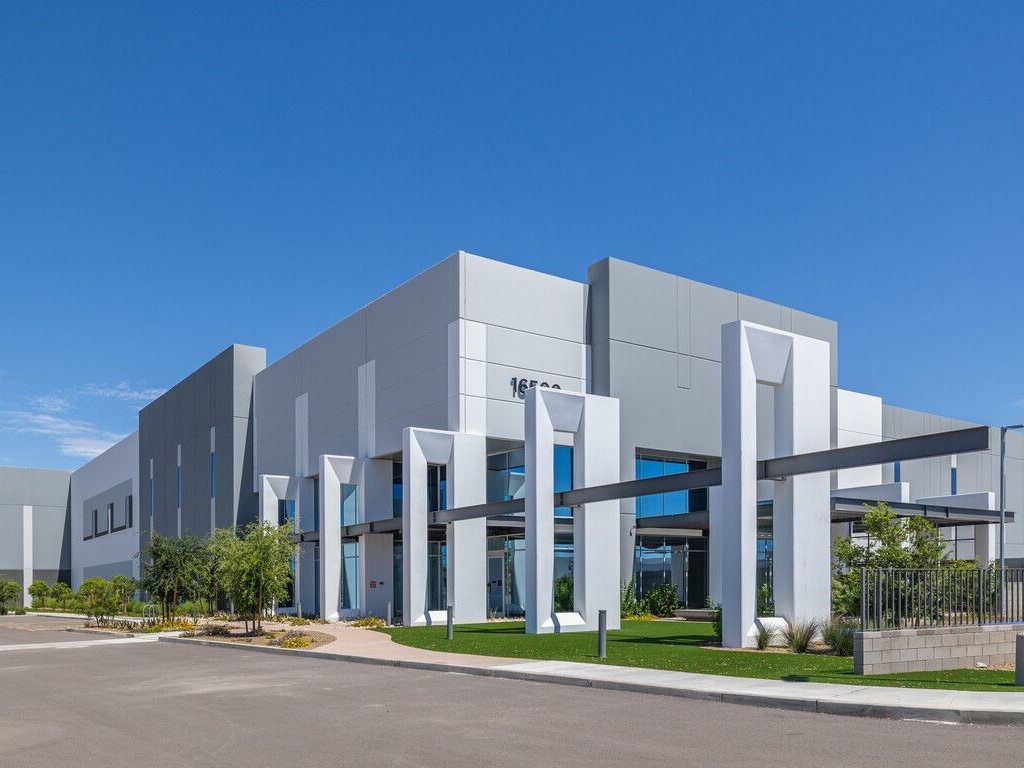
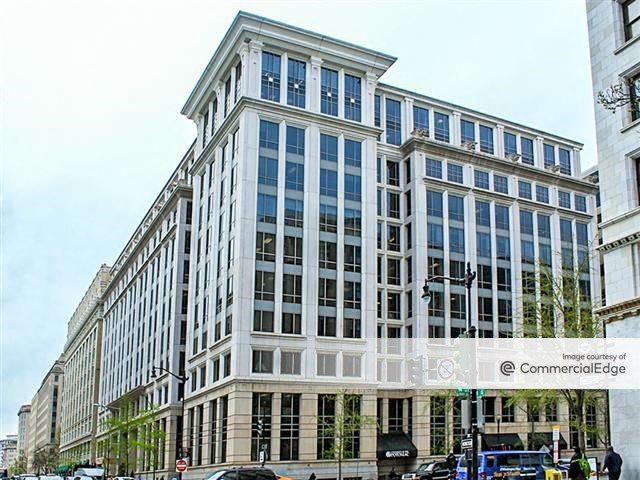

You must be logged in to post a comment.